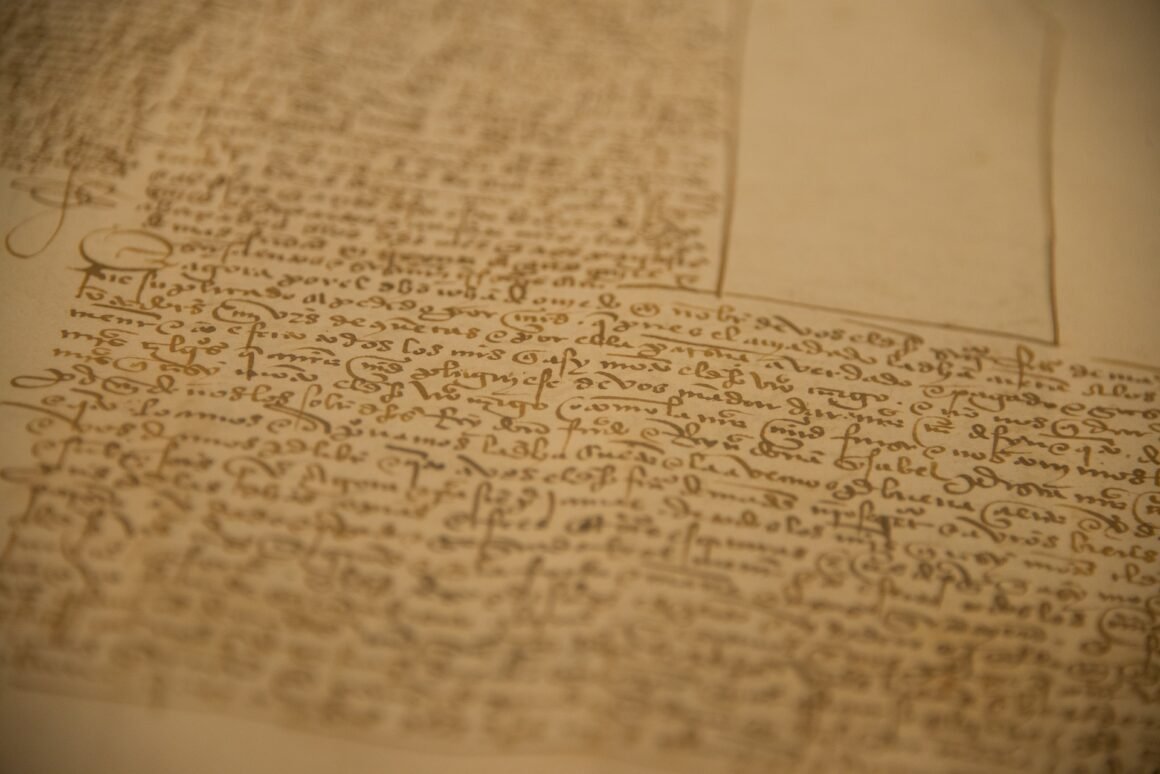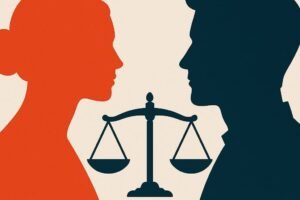The Dictionary of English Language defines Education as the process of imparting or acquiring general knowledge, developing the power of reasoning and judgement and generally preparing oneself or others intellectually for mature life. Education has also been defined as the transmission of values and accumulated knowledge of society. In a way, it is a process of socialization or enculturation. Children are born without culture. Education is designed to guide in learning culture and directing them towards their eventual role in society. As societies grow more complex, the amount of knowledge to be passed on from one generation to the next becomes more than any one person can handle and the task becomes more demanding and complex. So a more selective and efficient means of cultural transmission becomes necessary to achieve satisfactory results.
Thus the outcome is formal education the school and the specialist are called the teacher. As society became ever more complex and schools became ever more institutionalized the process of education branched out into several directions-primary education, secondary education, college education, university education and postgraduate programmes including research. Moreover, educational experience distinctly developed in two directions-learning of skills for a workday life called vocational training or just training to acquire skills and learning abstract knowledge and concepts. This learning in a formal manner makes the process faster than would be possible through mere observation.
In primitive and early cultures the learning tools were observation and participation. Children actually participated in the social processes of adult activities and this participation was based on empathy, identification and imitation. These teachers are not strangers but rather their immediate community persons. But as the children grew past the age of puberty, education became strictly standardized and regulated. The teaching personnel consisted of fully initiated men/women often unknown to the initiate though they might be the relatives of the “initiate” but from other clans. The initiation process started with abrupt segregation of the “initiate” from his familial group and into a secluded camp where other “initiate” resided. The idea is to deflect the deep attachment from the family and to anchor it in the wider web of his culture. The initiation rites-“curriculum”usually consisted of cultural values, tribal religion, myths, philosophy, history, rituals and other knowledge. Within their curriculum, religious instructions took the most prominent place. Only after the “initiation” did a person achieve full “membership” of his tribe.
These civilizations are ancient India, Egypt. Mesopotamia, North China, Maya, Aztec and Inca civilizations. There is a school of thought that believes that the Ancient Indian culture and the education system based on it is the oldest as “Vedas” which were the main source of knowledge and education are believed to have originated from Brahma himself, who is one of the trilogies of Hindu gods-Brahma, Vishnu and Mahesh or Shiva. Such a belief would place the ancient Indian education system well before the recorded history which is considered to be about 3000 BC. Most western experts are, however sceptical about such a belief. Without going too much into history it may be said that the traditional Hindu education based on the caste system started around 500 BC in which only children of three castes Brahmins, Ksatriya and Vaisya were entitled to formal education.
Elementary education was given to the children of the above cases at home. While the secondary education marked by thread ceremony started at the age of 8 years for the Brahmin boys, for Ksatriya boys at the age of 11 years and for the Vaisya boys at the age of 12 years. The boy would leave his father’s home and enter the “Asharam” of his chosen Guru, situated amid surroundings away from the towns in the quietude and beauty of nature in the forest.
The “Acharaya” would treat the pupil-“Sheshaya”-as his own child and provide him free education and boarding and lodging. In return, the pupil would tend to the sacrificial fires, do the household work of his preceptor Guru- and look after the cattle as well as various ashram duties. The period of study was normally
12 years and it comprised of recitation of Vedic mantras, phonetics, grammar, astronomy and etymology. The content of education varied per caste. For Brahmin boys study of Vedas was obligatory while practice and knowledge of arms and skills associated with wielding them were obligatory for Kasahtriya boys. During the whole period of studies, the pupils had to observe brahmacharya which is wearing a simple dress, eating simple food, using a hard bed and leading a celibate life.

This was the essence of the “Gurukul” system of education in ancient India at the secondary level. There was great emphasis on memorizing the various topics in the different subjects and in fact in the earliest period, the knowledge was passed on by the word of mouth and the written word was yet to come.
Students desiring higher education would enter the university presided over by a “Kulapati” (vice chancellor in the current user). As stated earlier there were other ancient civilizations with well-defined cultures and educational systems concurrent with the ancient Indian culture. We will briefly outline these below.
Education and Egyptian culture were controlled mainly by the priestly class-a and the powerful intellectual elite in the Egyptian theocracy. The humanities, medicine, mathematics, geometry and science subjects were in the hands of the priests who taught in the formal school. While vocational skills relating to fields like engineering, architecture sculpture, and the performing arts (music and dance) were generally outside the purview of formal schooling.
Since Mesopotamian culture was contemporary to Egyptian culture, the educational system had great similarities with the latter. Basic education extended from writing and reading to religion. While higher education led to the study of law, medicine and astrology. As in the case of India and Egypt, the priestly class dominated the educational domain and the centre of education was the library housed in a temple. The teaching methodology consisted of memorization, recitation, copying of models and individual oral instructions. The recorded chronology of Persia- ancient Iran-starts with Cyrus II the great. who initiated his conquests in 559 BC, to build the Persian empire. This finally ended when Muslims overran Iran in AD 651.






